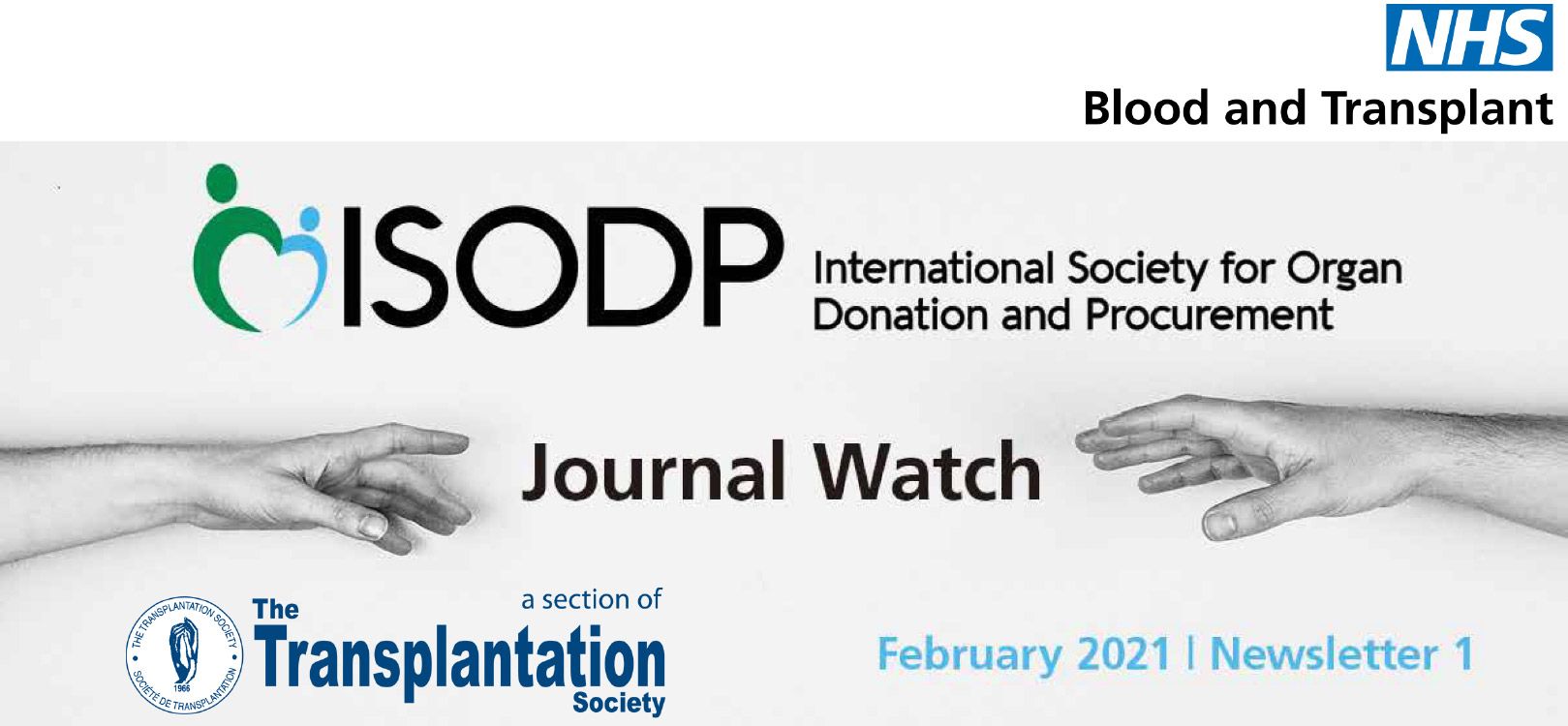Greetings ISODP Members,
We are very pleased to announce the launch of the new ISODP Journal Watch as an educational resource and benefit to ISODP members. Two of the primary goals for the Society are to enhance resources to improve donation practices and to establish an integrated network of donation professionals. This curated report of current donation focused literature will serve as a convenient and readily accessible compilation of articles that we hope you will find valuable.
During my tenure as President of the International Society of Organ Donation and Procurement I am focusing on opportunities to provide educational resources for members from across the globe and particularly during this time of restrictions from the pandemic I see the ISODP Journal Watch as a forum to strengthen collaboration and disseminate best practices and elevate the academic rigor of the Society. We are very grateful to members and colleagues from the NHS Blood and Transplant Services in the United Kingdom for their leadership in conceiving and developing this newsletter. Special thanks to ISODP Council member Anthony Clarkson and ISODP members Dr. Dale Gardiner and Dr. Alex Manara for their editorial leadership and guidance.
Prof. Faissal A.M. Shaheen
President, ISODP
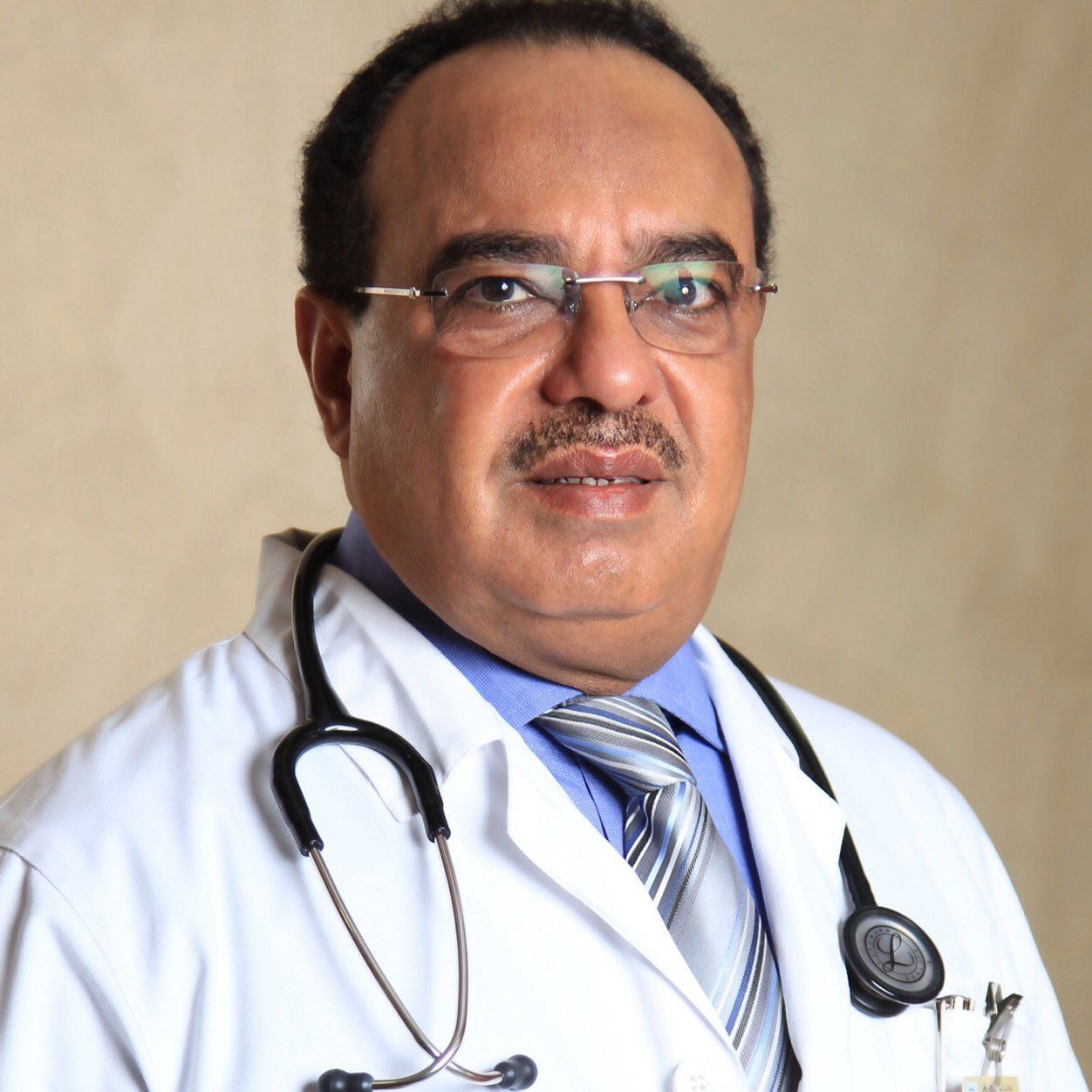
Prof. Faissal A.M. Shaheen
Introduction
The literature review by Alex Manara
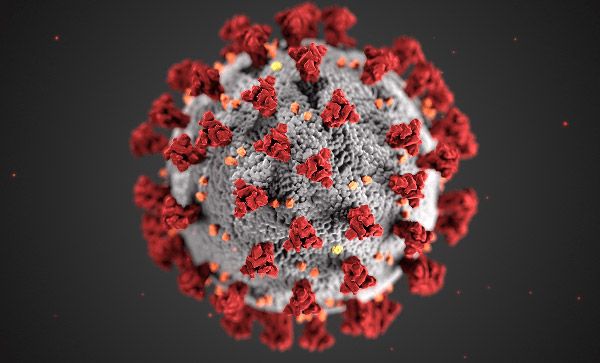
Summary of International Recommendations for Donation and Transplantation Programs During the Coronavirus Disease Pandemic.
A comparison of recommendations from different organisations on organ donation and transplantation during the COVID-19 pandemic from documents available on the Transplantation Society website as of 19th May 2020. Eighteen sets of recommendations were extracted, all based on expert opinion and developed within tight timeframes. The recommendations covered donor screening, risk assessment of the recipient, post-transplant risk, living / paired donation, protection of donation and transplantation staff, and ethics / logistics. The authors found that while the documents generally made similar recommendations, there was substantial variation in some recommendations such as the screening tests for potential donors. It is planned to use the current recommendations to inform the priorities in developing better evidence-based guidelines. The review is ongoing with updated recommendations being made available on https://cdtrp.ca/en/covid-19-international-recommendations-for-odt/

Ethical decision diagrams on donation after cardiocirculatory death heart transplantation considering organ preservation techniques.
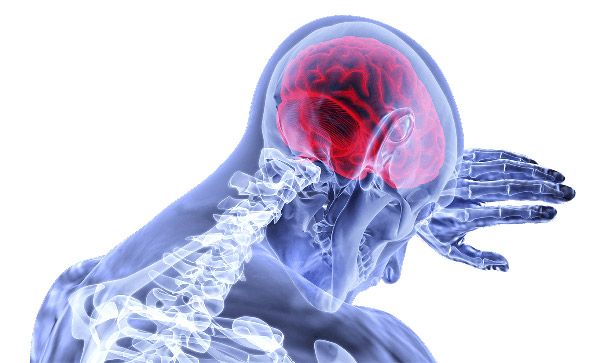
What should we do about the mismatch between legal criteria for death and how brain death is diagnosed?

Evaluation of underidentification of potential organ donors in German hospitals.

Opt-out policy and the organ shortage problem: Critical insights and practical considerations.
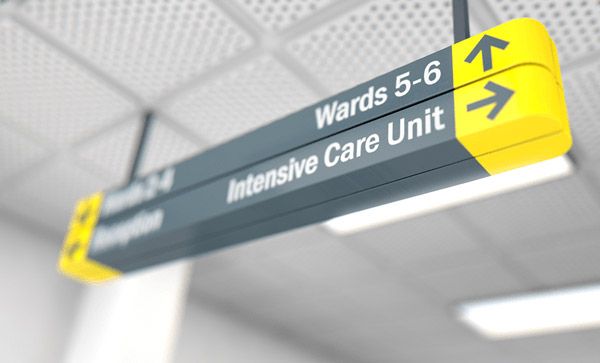
Determining the impact of timing and of clinical factors during end-of-life decision-making in potential controlled donation after circulatory death donors.
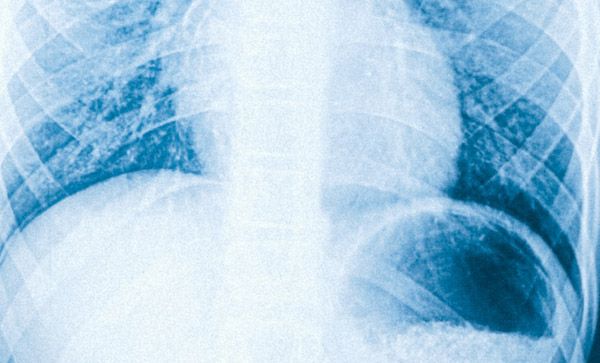
Assessment of National Organ Donation Rates and Organ Procurement Organization Metrics.
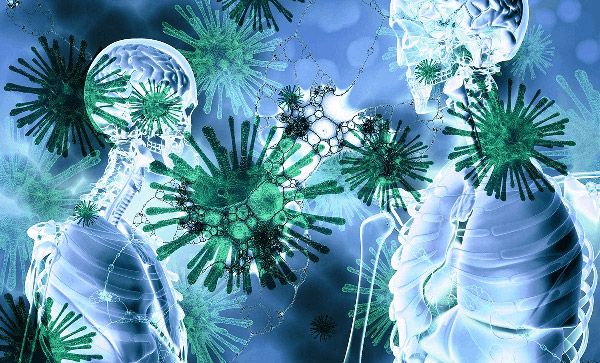
Organ recovery from deceased donors with prior COVID-19: A case series.

Social
Contact
Address
International Society for Organ
Donation Professionals
c/o The Transplantation Society
740 Notre-Dame Ouest
Suite 1245
Montréal, QC, H3C 3X6
Canada



